Up high in the fields of East Ferry Farm, Co Cork, the surrounding view of water on three sides is spectacular on this crisp winter’s day. Strolling through a paddock of turkeys, Robert Fitzsimmons Sr helps me get my bearings. Carrigtwohill direction that way, Whitegate over there.
Robert Fitzsimmons Jr begins to recount the family connection to the land. How poultry farming has been part and parcel of his life from a young age and that it’s totally ingrained in their family.
At this juncture, surrounded by 950 turkeys, this writer feels it may not be the best time to let the figurative cat out of the bag. You see, I actually have a slight phobia (if that’s possible) of birds. It’s mainly rooted in the flying variety, but these turkeys aren’t making me feel too hectic either.

As photographer Donal O’Leary takes a few snaps, I murmur my shortcomings to him. It’s not our first rodeo together by any stretch of the imagination. He duly announces my bird-o-phobia and we all have a good, hearty laugh. Five minutes later he’s lying down on the grass with three turkeys perched on his back. Nothing to be afraid of, I’m assured from all angles.
As I get used to my new feathered friends, Robert Jr explains their long family tradition in poultry.
“Ah listen, my grandmother hatched chickens and turkeys with oil-fired incubators. Poultry has been in our DNA generation after generation. I’m the sixth generation farming in East Ferry. Bobby my eldest lad, he’s only 12, but he’s mad for poultry. Hopefully, he might take it on and be the seventh.
“Myself and my sisters plucked an awful lot of turkeys by hand growing up. I remember plucking turkeys even back with my aunt in Douglas. They used to do an awful lot of turkeys for the trade in Cork city. I remember going there at eight or nine years of age and 25 of us along plucking turkeys for a week. I haven’t plucked a turkey by hand in a number of years now.”
Changing times
In 1989 Robert left school and went working after his mother died. At the time they had 700 turkeys in sheds. For a while he came out of turkeys, before getting back into them about 15 years ago. Now he keeps white and bronze turkeys, geese and contract-rears chickens – all free-range. Alongside this he also finishes beef cattle. 
Over the years Robert has experienced plenty of change in the poultry industry, particularly with regard to regulations around how turkeys are slaughtered and sold.
“I remember growing up as a child at home, people coming to the house for their turkey. That time we sold some of them New York-dressed [killed and plucked with the head, feet and organs intact]. Now they’re ready for the oven. The whole thing has changed massively about health and safety and cleaning out turkeys.
“It was sad to see the like of the turkeys going from the marts,” Robert reflects. “We’d load the turkeys into a trailer hitched to the car that time to go to the mart. It was a great day out. You’d wait for your lot of turkeys and the butcher would be there buying them. It was a totally different scene altogether.
“Christmas was a great time of year at home. Once the marts were over, all the private customers called to the house.
“There was always great old banter at Christmas over the turkeys, meeting people and everything else. Look it, that has changed a little bit, but we still do a lot of private orders.”

\ Donal O'Leary
Alongside private orders, Robert also sells through a network of butchers. He now sends all his turkeys to Hogan’s in Kells, Co Meath, to be slaughtered, plucked and cleaned out. Robert says, he would prefer to slaughter locally and put money back into the local economy, but when he went to build a slaughterhouse years ago “every obstacle” was put in his way.
The chicks are ordered in February and come in August. This year with the pandemic and the strong likelihood of smaller gatherings, Robert, like many in the business of producing turkeys, is predicting that smaller birds will be in huge demand.
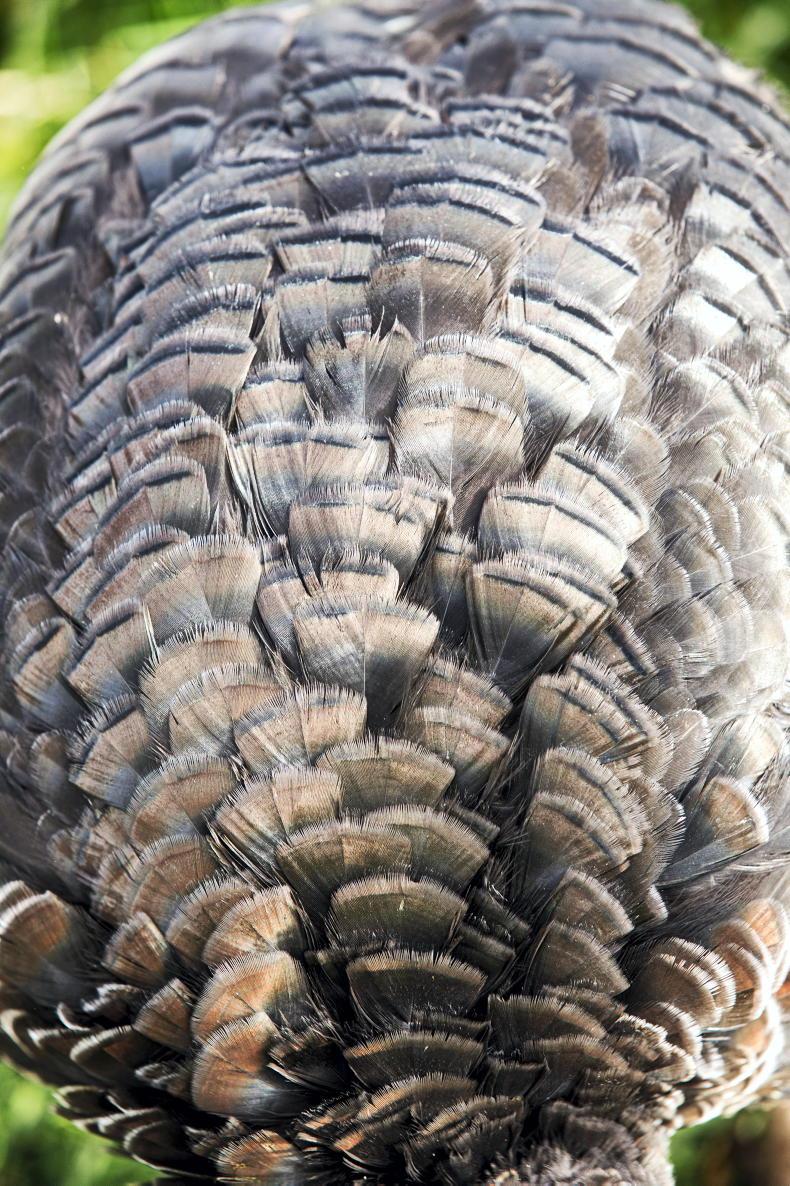
Keeping both white and bronze turkeys is purely to cater for consumers. Bronze turkeys are bred closer to wild turkeys and have a slightly different texture.
To keep the birds occupied, Robert puts small, square bales in the shed for them to jump up and down off. Previously he has given them footballs to knock around and hung CDs from the ceiling. Sport and music – not bad entertainment by any standards.
The turkeys go for slaughter at the start of December and are loaded into trucks in the middle of the night for ease. Despite changes over time, there’s still a community atmosphere around this occasion.
“We’ve lads who only come for that night to load turkeys. My nephew and a couple of lads from down the Lismore area always come. A local contractor, he never misses a year. Like that and the story, they love the craic and there’s great old banter.
“Look, there’s ups and downs in everything. Turkeys are a big part of the whole thing here on East Ferry farm. It’s lovely to see them growing and thriving.
“Then the day comes and they have to go, but that’s part and parcel of food production.”
The next generation
Robert and his wife Yvonne have four sons – Bobby, Charlie, Harry and Alfie. They’re all interested in the farm. Bobby in particular is at an age where he’s able to help out. If Robert is away, Bobby would bed the turkeys with his grandad. The boys aren’t willing to miss the occasion of the turkeys going either. 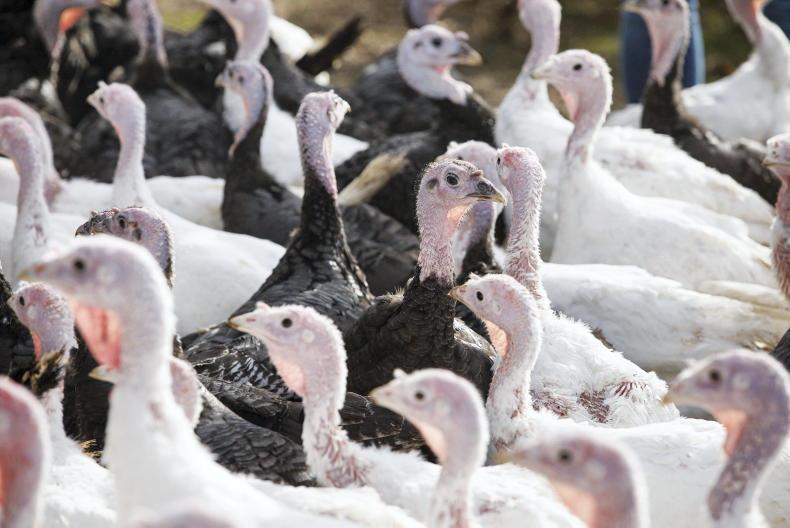
Bronze and white turkeys on East Ferry Farm. \ Donal O'Leary
“The kids, when the turkeys are gone, they miss them. And they won’t leave them go now without loading them. The kids won’t go to bed or they want to be woken up.
“Look, it’s a part of family life and we live on a family farm. I get a great kick out of the young lads having an interest. Of a Sunday the lads would leave them out and they’d put them back in.”
On the topic of children on the farm, Robert says that although they are great to help out, it’s important to educate them firstly on farm safety and then on the cost of food production. Imparting the reality of food production is not just applicable to children, he reckons, but also to consumers in general.
“There’s a huge disconnect as to how food is produced, how much it costs and why we shouldn’t be dumping it. Quality food costs a lot of money. There’s a disconnect as to what time of year something is in season or how far it has travelled. If we go to the supermarket and look at the food miles on some of these products, it’s frightening,” Robert says.
“I always make the comparison with strawberries. If you want strawberries here in Ireland 365 days a year, they’re in a fridge. I remember growing up as a child when strawberries were seasonal. They were there in the field, we ate them. When they were gone, they were gone.”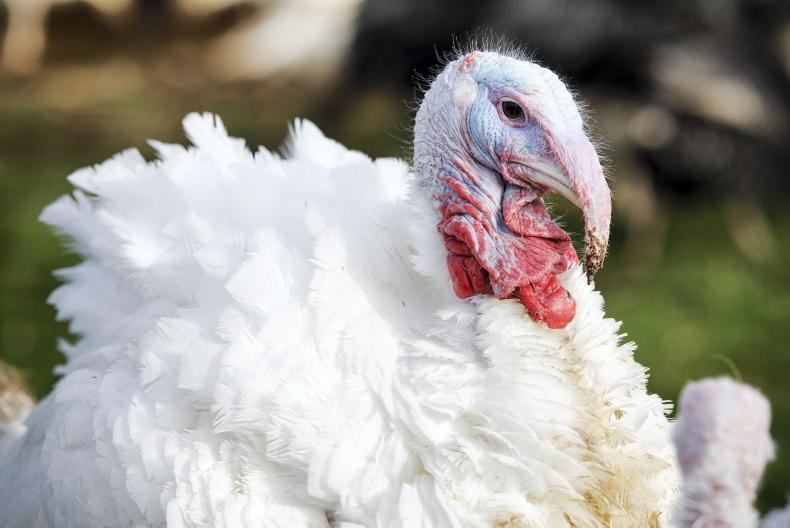
With regard to his cattle, Robert has scaled back his finishing operation significantly this year with the threat posed by Brexit.
“I suppose my first love is beef and my second is poultry, but the days of mixed farming in Ireland are getting harder and the margins are getting tighter. I think we need to have a major look at a lot of things to know where we’re going and how we keep the family farms open,” he says.
“I’ll stay in cattle, but how I make intensive finishing work has to be looked at, because there’s no margin there right now.
“I think if the whole lot of us sat down together and went to the end consumer and said, ‘This is how much beef must be,’ and changed our structures, there’s a living to be made for the next generation in beef farming. The same goes for poultry.”
He doesn’t shy away from what he feels needs to be done and Robert is clearly passionate about leaving a viable operation for the next generation.
As we head back to the yard my fears have been eased considerably by all the turkey talk.
Read more
Listen: decking the halls in Galway
My Country Living: ‘Sprouts are the next up and coming superfood’
Up high in the fields of East Ferry Farm, Co Cork, the surrounding view of water on three sides is spectacular on this crisp winter’s day. Strolling through a paddock of turkeys, Robert Fitzsimmons Sr helps me get my bearings. Carrigtwohill direction that way, Whitegate over there.
Robert Fitzsimmons Jr begins to recount the family connection to the land. How poultry farming has been part and parcel of his life from a young age and that it’s totally ingrained in their family.
At this juncture, surrounded by 950 turkeys, this writer feels it may not be the best time to let the figurative cat out of the bag. You see, I actually have a slight phobia (if that’s possible) of birds. It’s mainly rooted in the flying variety, but these turkeys aren’t making me feel too hectic either.

As photographer Donal O’Leary takes a few snaps, I murmur my shortcomings to him. It’s not our first rodeo together by any stretch of the imagination. He duly announces my bird-o-phobia and we all have a good, hearty laugh. Five minutes later he’s lying down on the grass with three turkeys perched on his back. Nothing to be afraid of, I’m assured from all angles.
As I get used to my new feathered friends, Robert Jr explains their long family tradition in poultry.
“Ah listen, my grandmother hatched chickens and turkeys with oil-fired incubators. Poultry has been in our DNA generation after generation. I’m the sixth generation farming in East Ferry. Bobby my eldest lad, he’s only 12, but he’s mad for poultry. Hopefully, he might take it on and be the seventh.
“Myself and my sisters plucked an awful lot of turkeys by hand growing up. I remember plucking turkeys even back with my aunt in Douglas. They used to do an awful lot of turkeys for the trade in Cork city. I remember going there at eight or nine years of age and 25 of us along plucking turkeys for a week. I haven’t plucked a turkey by hand in a number of years now.”
Changing times
In 1989 Robert left school and went working after his mother died. At the time they had 700 turkeys in sheds. For a while he came out of turkeys, before getting back into them about 15 years ago. Now he keeps white and bronze turkeys, geese and contract-rears chickens – all free-range. Alongside this he also finishes beef cattle. 
Over the years Robert has experienced plenty of change in the poultry industry, particularly with regard to regulations around how turkeys are slaughtered and sold.
“I remember growing up as a child at home, people coming to the house for their turkey. That time we sold some of them New York-dressed [killed and plucked with the head, feet and organs intact]. Now they’re ready for the oven. The whole thing has changed massively about health and safety and cleaning out turkeys.
“It was sad to see the like of the turkeys going from the marts,” Robert reflects. “We’d load the turkeys into a trailer hitched to the car that time to go to the mart. It was a great day out. You’d wait for your lot of turkeys and the butcher would be there buying them. It was a totally different scene altogether.
“Christmas was a great time of year at home. Once the marts were over, all the private customers called to the house.
“There was always great old banter at Christmas over the turkeys, meeting people and everything else. Look it, that has changed a little bit, but we still do a lot of private orders.”

\ Donal O'Leary
Alongside private orders, Robert also sells through a network of butchers. He now sends all his turkeys to Hogan’s in Kells, Co Meath, to be slaughtered, plucked and cleaned out. Robert says, he would prefer to slaughter locally and put money back into the local economy, but when he went to build a slaughterhouse years ago “every obstacle” was put in his way.
The chicks are ordered in February and come in August. This year with the pandemic and the strong likelihood of smaller gatherings, Robert, like many in the business of producing turkeys, is predicting that smaller birds will be in huge demand.

Keeping both white and bronze turkeys is purely to cater for consumers. Bronze turkeys are bred closer to wild turkeys and have a slightly different texture.
To keep the birds occupied, Robert puts small, square bales in the shed for them to jump up and down off. Previously he has given them footballs to knock around and hung CDs from the ceiling. Sport and music – not bad entertainment by any standards.
The turkeys go for slaughter at the start of December and are loaded into trucks in the middle of the night for ease. Despite changes over time, there’s still a community atmosphere around this occasion.
“We’ve lads who only come for that night to load turkeys. My nephew and a couple of lads from down the Lismore area always come. A local contractor, he never misses a year. Like that and the story, they love the craic and there’s great old banter.
“Look, there’s ups and downs in everything. Turkeys are a big part of the whole thing here on East Ferry farm. It’s lovely to see them growing and thriving.
“Then the day comes and they have to go, but that’s part and parcel of food production.”
The next generation
Robert and his wife Yvonne have four sons – Bobby, Charlie, Harry and Alfie. They’re all interested in the farm. Bobby in particular is at an age where he’s able to help out. If Robert is away, Bobby would bed the turkeys with his grandad. The boys aren’t willing to miss the occasion of the turkeys going either. 
Bronze and white turkeys on East Ferry Farm. \ Donal O'Leary
“The kids, when the turkeys are gone, they miss them. And they won’t leave them go now without loading them. The kids won’t go to bed or they want to be woken up.
“Look, it’s a part of family life and we live on a family farm. I get a great kick out of the young lads having an interest. Of a Sunday the lads would leave them out and they’d put them back in.”
On the topic of children on the farm, Robert says that although they are great to help out, it’s important to educate them firstly on farm safety and then on the cost of food production. Imparting the reality of food production is not just applicable to children, he reckons, but also to consumers in general.
“There’s a huge disconnect as to how food is produced, how much it costs and why we shouldn’t be dumping it. Quality food costs a lot of money. There’s a disconnect as to what time of year something is in season or how far it has travelled. If we go to the supermarket and look at the food miles on some of these products, it’s frightening,” Robert says.
“I always make the comparison with strawberries. If you want strawberries here in Ireland 365 days a year, they’re in a fridge. I remember growing up as a child when strawberries were seasonal. They were there in the field, we ate them. When they were gone, they were gone.”
With regard to his cattle, Robert has scaled back his finishing operation significantly this year with the threat posed by Brexit.
“I suppose my first love is beef and my second is poultry, but the days of mixed farming in Ireland are getting harder and the margins are getting tighter. I think we need to have a major look at a lot of things to know where we’re going and how we keep the family farms open,” he says.
“I’ll stay in cattle, but how I make intensive finishing work has to be looked at, because there’s no margin there right now.
“I think if the whole lot of us sat down together and went to the end consumer and said, ‘This is how much beef must be,’ and changed our structures, there’s a living to be made for the next generation in beef farming. The same goes for poultry.”
He doesn’t shy away from what he feels needs to be done and Robert is clearly passionate about leaving a viable operation for the next generation.
As we head back to the yard my fears have been eased considerably by all the turkey talk.
Read more
Listen: decking the halls in Galway
My Country Living: ‘Sprouts are the next up and coming superfood’










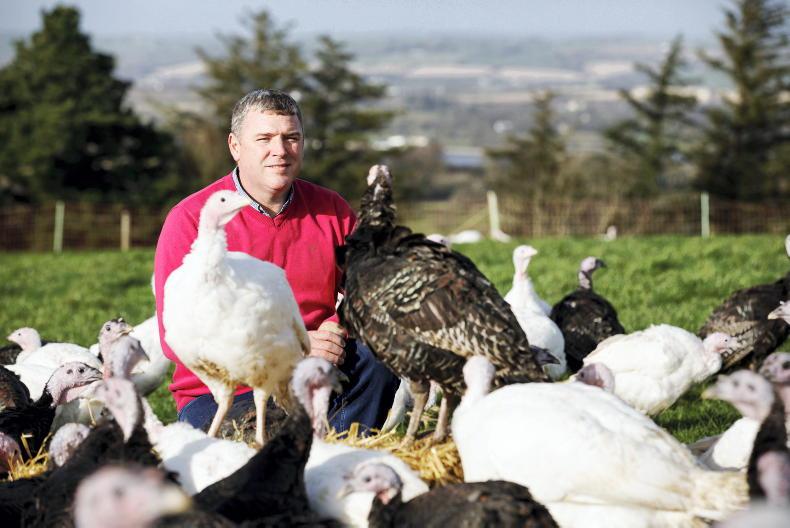
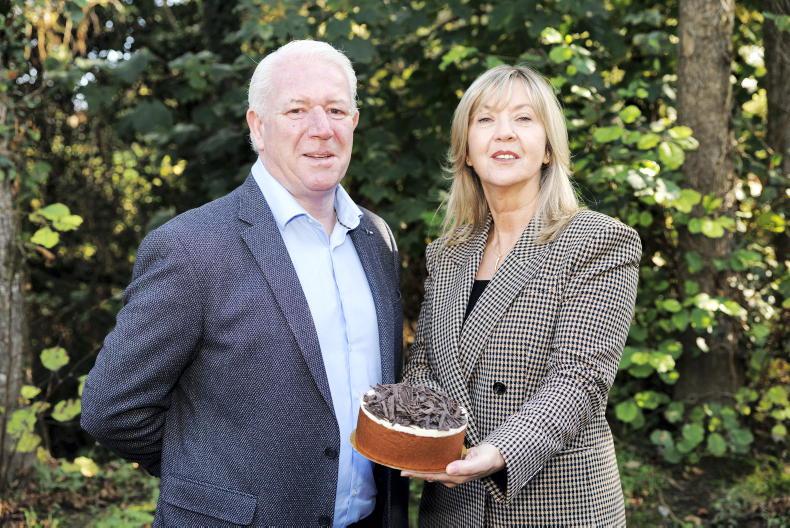
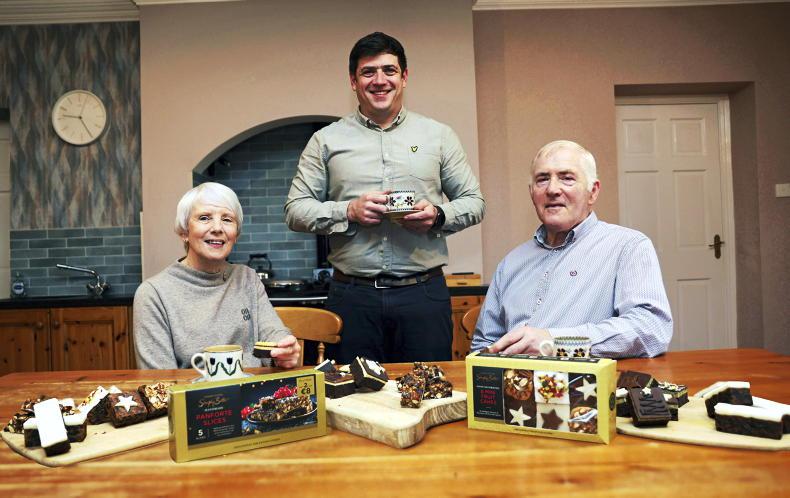
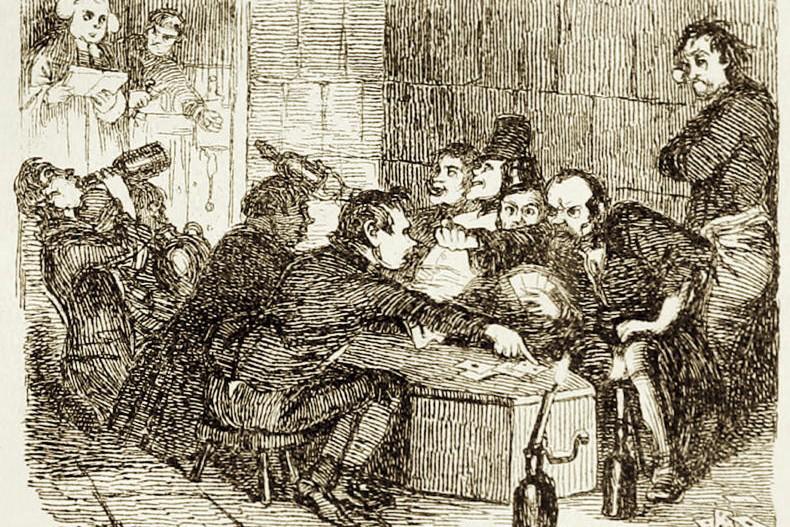
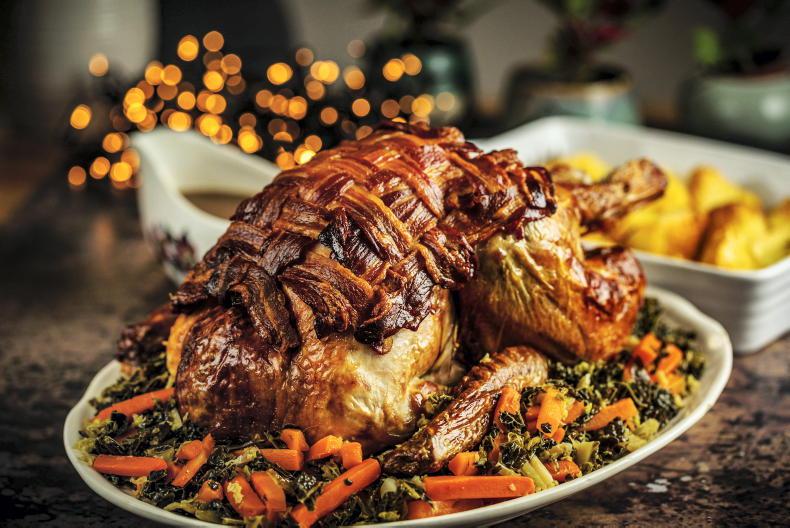
SHARING OPTIONS